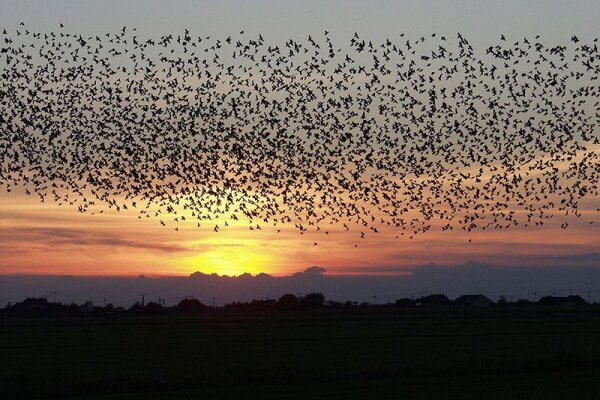2016-02-22

Migratory birds can navigate over tens of thousands of kilometers with accuracy unobtainable for human navigators. To do so, they obviously use their brains. In this review, Biologists from Oldenburg and Biopsychologists from Bochum address how birds sense navigation- and orientation-relevant cues and where in their brains each individual cue is processed. When little is currently known, they make educated predictions as to which brain regions could be involved. They ask where and how multisensory navigational information is integrated and suggest that the hippocampus could interact with structures that represent maps and compass information to compute and constantly control navigational goals and directions. The team also suggests that the caudolateral nidopallium could be involved in weighing conflicting pieces of information against each other, making decisions, and helping the animal respond to unexpected situations. Considering the gaps in current knowledge, some of their suggestions may be wrong. However, the main aim of this theory-driven review is to stimulate further research in this fascinating field.

Migratory birds can navigate over tens of thousands of kilometers with accuracy unobtainable for human navigators. To do so, they obviously use their brains. In this review, Biologists from Oldenburg and Biopsychologists from Bochum address how birds sense navigation- and orientation-relevant cues and where in their brains each individual cue is processed. When little is currently known, they make educated predictions as to which brain regions could be involved. They ask where and how multisensory navigational information is integrated and suggest that the hippocampus could interact with structures that represent maps and compass information to compute and constantly control navigational goals and directions. The team also suggests that the caudolateral nidopallium could be involved in weighing conflicting pieces of information against each other, making decisions, and helping the animal respond to unexpected situations. Considering the gaps in current knowledge, some of their suggestions may be wrong. However, the main aim of this theory-driven review is to stimulate further research in this fascinating field.